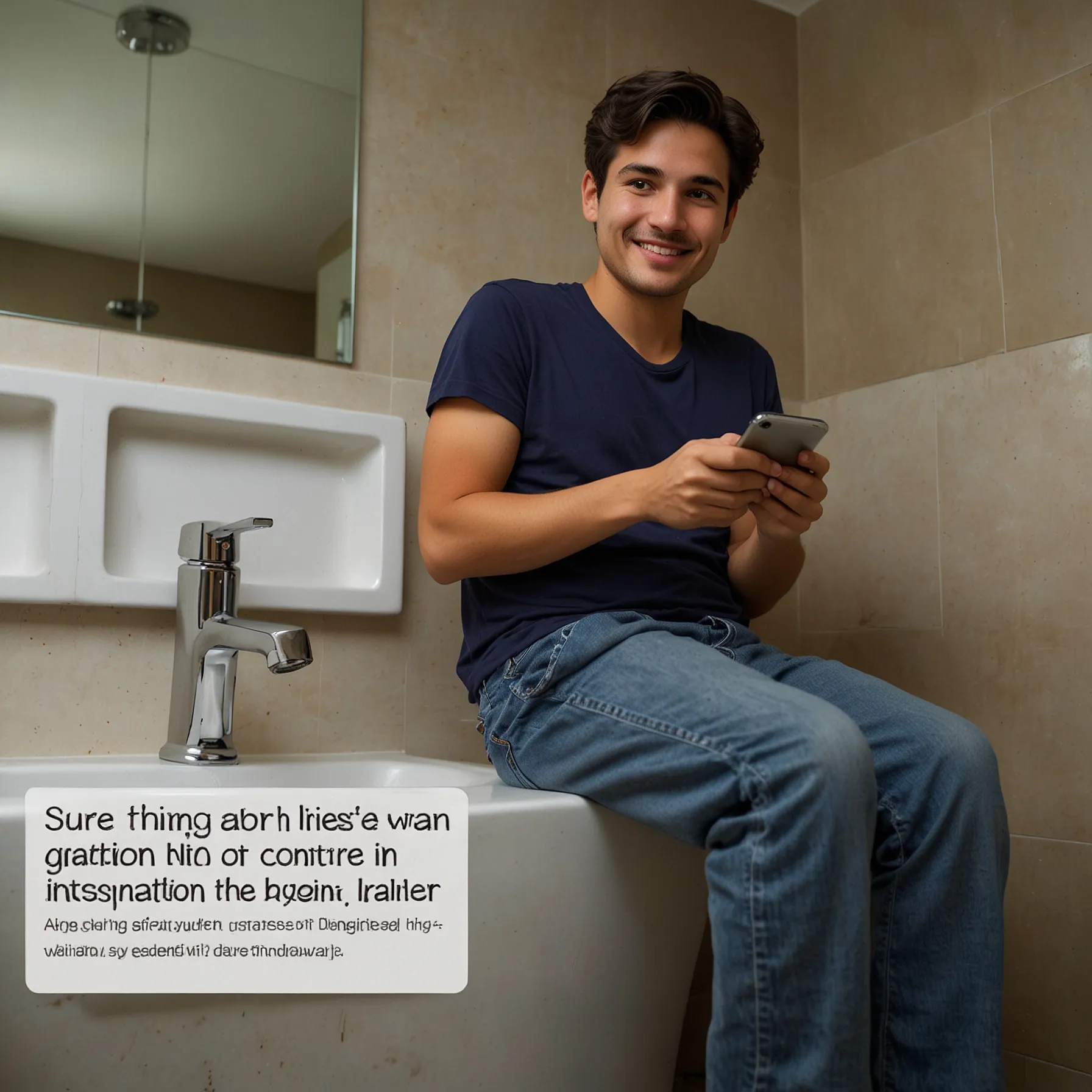Bathroom visits are a part of everyday life, but sometimes constipation makes this routine uncomfortable. When this happens, food can take days to exit your body, turning into a regular struggle with hard, lumpy stools and straining.
So, what’s causing the hold-up? The issue starts in the colon, our large intestine, divided into four parts: ascending, transverse, descending, and the sigmoid colon. The stool journey begins in the small intestine, where food mixes with bile and digestive juices. It then moves to the large intestine, where water gets absorbed, transforming the stool from liquid to solid. The longer it stays, the more water is reabsorbed, making the stool harder.
As it reaches the sigmoid colon, a final water absorption happens before heading to the rectum. Here, the walls stretch, signaling it’s time to relax the internal anal sphincter, giving you the control to expel or retain the stool. This process involves the pelvic floor muscles, especially the puborectalis and external anal sphincter. The puborectalis creates a sling around the rectum, called the anorectal angle. When you decide to go, relaxing the external anal sphincter helps release the stool.
During constipation, though, the urge to go isn’t enough. Two main reasons cause this: either the stool moves too slowly through the colon, or there’s pelvic floor dysfunction. In the first case, slow movement means more water reabsorption, making stool dry and hard. In the latter, issues like tight pelvic muscles or pelvic organ prolapse, often due to childbirth or aging, make it difficult to expel stool because the anorectal angle becomes more acute.
To define constipation, tools like the Bristol Stool Chart are helpful. It’s common for people to recognize their constipation struggles through this chart. When on the toilet, squatting is the best position. Sit firmly with your feet elevated on a stool and lean forward with a straight back. This posture helps straighten the anorectal angle, easing stool passage.
Skipping a day without a bowel movement isn’t always a red flag. But chronic constipation might need some lifestyle tweaks. Adding fibrous vegetables to your diet, staying active, trying abdominal massages, and drinking 6 to 8 cups of water daily can help bring back regularity to your bathroom visits.






